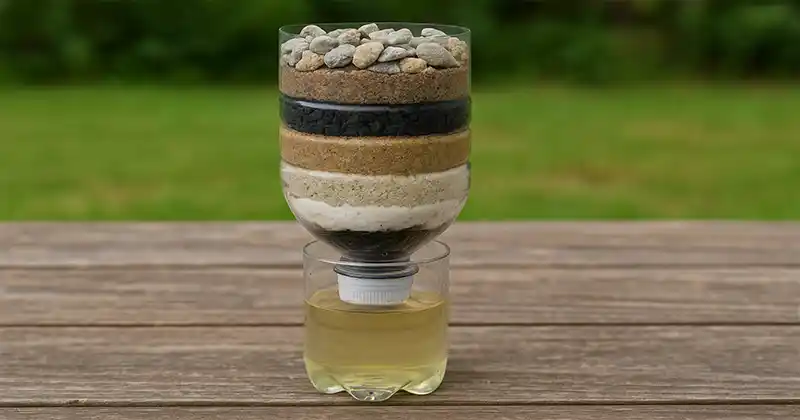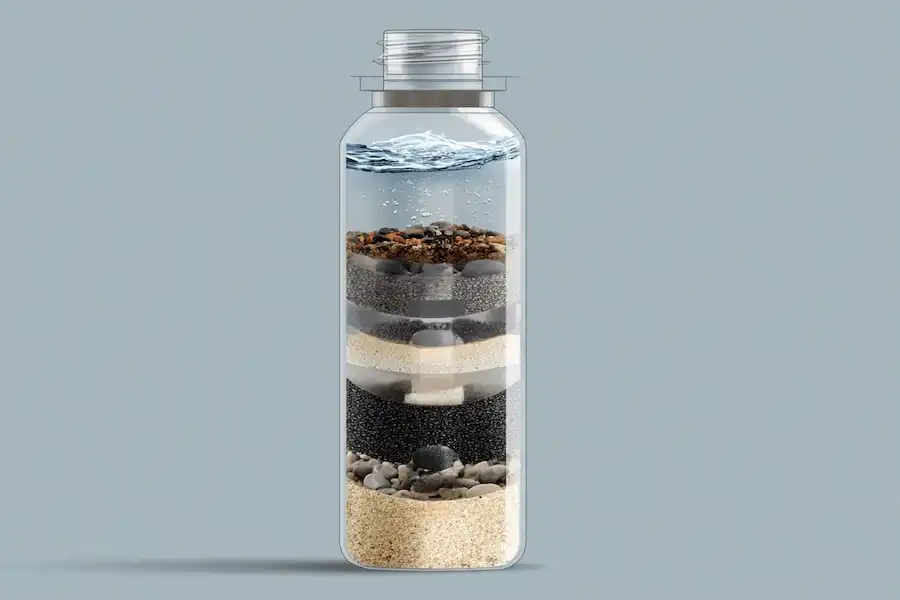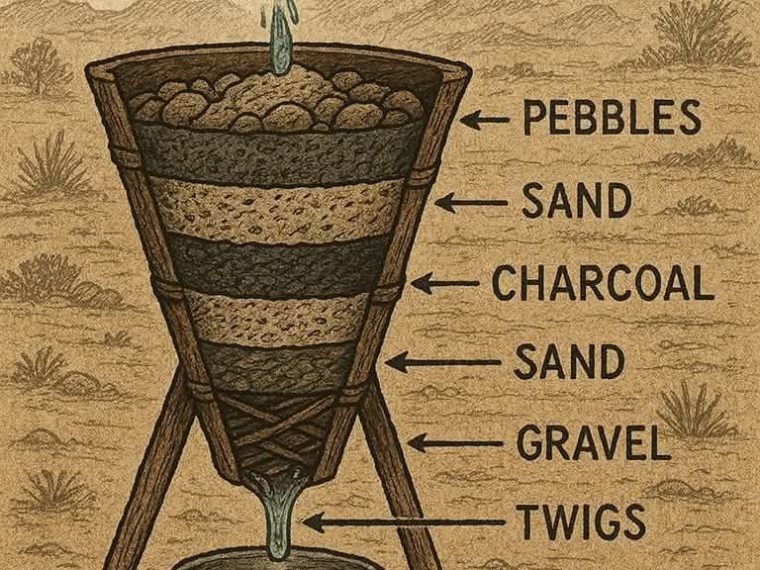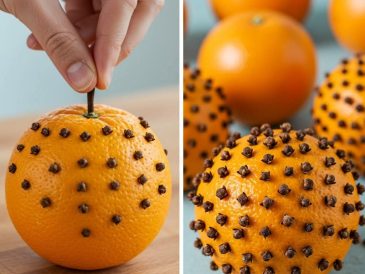When clean drinking water becomes hard to find—whether you’re camping deep in the wilderness, trekking far from civilization, or facing an unexpected emergency—a simple homemade water filter can make the difference between dehydration and survival. With just a few basic materials, you can turn murky, contaminated water into a much safer and more drinkable resource.

This guide will walk you through how to make an effective DIY water filter using items you can find almost anywhere. While it won’t match the performance of a professional filtration system, it can help provide cleaner water in urgent situations.
What You’ll Need
- 1 Plastic bottle (medium size recommended)
- Sharp knife or scissors
- Soldering iron or heated metal rod (for making small holes)
- Cotton (clean, unbleached if possible)
- Charcoal (boiled and dried for safety)
- Fine, clean sand
- Clean gravel or small pebbles
- Water container (to collect the filtered water)
Step-by-Step Instructions
1. Prepare the Bottle
Start with a clean plastic bottle. Wash it thoroughly inside and out to remove any dirt, residue, or odors. This ensures you’re not introducing more contaminants into your filtered water.
Cut the bottle in half. The top half will become the main filter body, and the bottom half will act as the container for your filtered water.
2. Create Filtration Holes
Use a soldering iron or heated metal rod to make three to five small holes in the bottle cap. These will allow filtered water to drip through. Make sure the holes are small enough to keep the filter layers in place but large enough to let water pass through slowly.
You can also add a few small holes along the sides of the bottle to help with air flow, which improves the filtration speed.
3. Build the Filtration Layers
The order and preparation of each layer is essential for an effective filter.
Bottom Layer – Cotton:
Place a layer of cotton directly above the cap holes. This works as the final guard, catching fine particles before water exits the filter. Press it down gently—firm enough to stay in place but loose enough to let water pass.
Second Layer – Charcoal:
Boil your charcoal beforehand to remove dust, impurities, and any harmful substances. Then crush it into small chunks—not powdery, but small enough to increase surface area. Charcoal absorbs impurities, odors, and chemicals from the water.
Third Layer – Clean Sand:
Add a layer of fine, clean sand. This traps smaller particles and helps water flow evenly through the filter.
Fourth Layer – Additional Charcoal:
Add another layer of charcoal to increase purification efficiency and provide an extra safety barrier.
Fifth Layer – Top Sand Layer:
Place another layer of clean sand on top. This prevents charcoal from shifting and acts as the first filter for finer debris.
Sixth Layer – Gravel or Small Pebbles:
Top everything with a layer of clean gravel. This blocks leaves, twigs, and larger debris from entering the filter, while helping to evenly distribute the water flow over the sand layer.

4. Testing Your Filter
Place the top half of the bottle (now the filter) upside down into the bottom half or another clean container.
Pour dirty water slowly over the gravel layer and watch as it travels through each stage of filtration. The cotton at the bottom will catch the last bits of sediment before the water drips out into the container below.
While the filtered water may not look like commercial bottled water, it should be noticeably clearer and free from most visible debris.
Important Tips & Safety Notes
- Always boil or chemically purify filtered water before drinking when possible. The filter removes dirt, particles, and some impurities, but it cannot guarantee removal of all pathogens.
- Ensure all materials (sand, gravel, and bottle) are as clean as possible before use.
- In a real survival situation, this method is a temporary measure until a safer water source is found.
Why This Works
This DIY water filter uses physical filtration and adsorption to clean water:
- Gravel catches large debris like leaves and twigs.
- Sand traps fine particles.
- Charcoal absorbs odors, chemicals, and some harmful substances.
- Cotton provides the final polishing step, catching microscopic particles.
Together, these layers mimic the way natural water filtration occurs in the ground.
Knowing how to make a DIY water filter is a valuable survival skill that can serve you in emergencies, outdoor adventures, or disaster situations. With nothing more than a plastic bottle, some basic materials, and a bit of preparation, you can create a simple yet effective filtration system that turns dirty water into a cleaner, safer resource.

While it should never fully replace professional purification methods, this technique can help sustain you when options are limited—proving that sometimes, the simplest solutions can be the most life-saving.
Inspired by this? Share the article with your friends!





